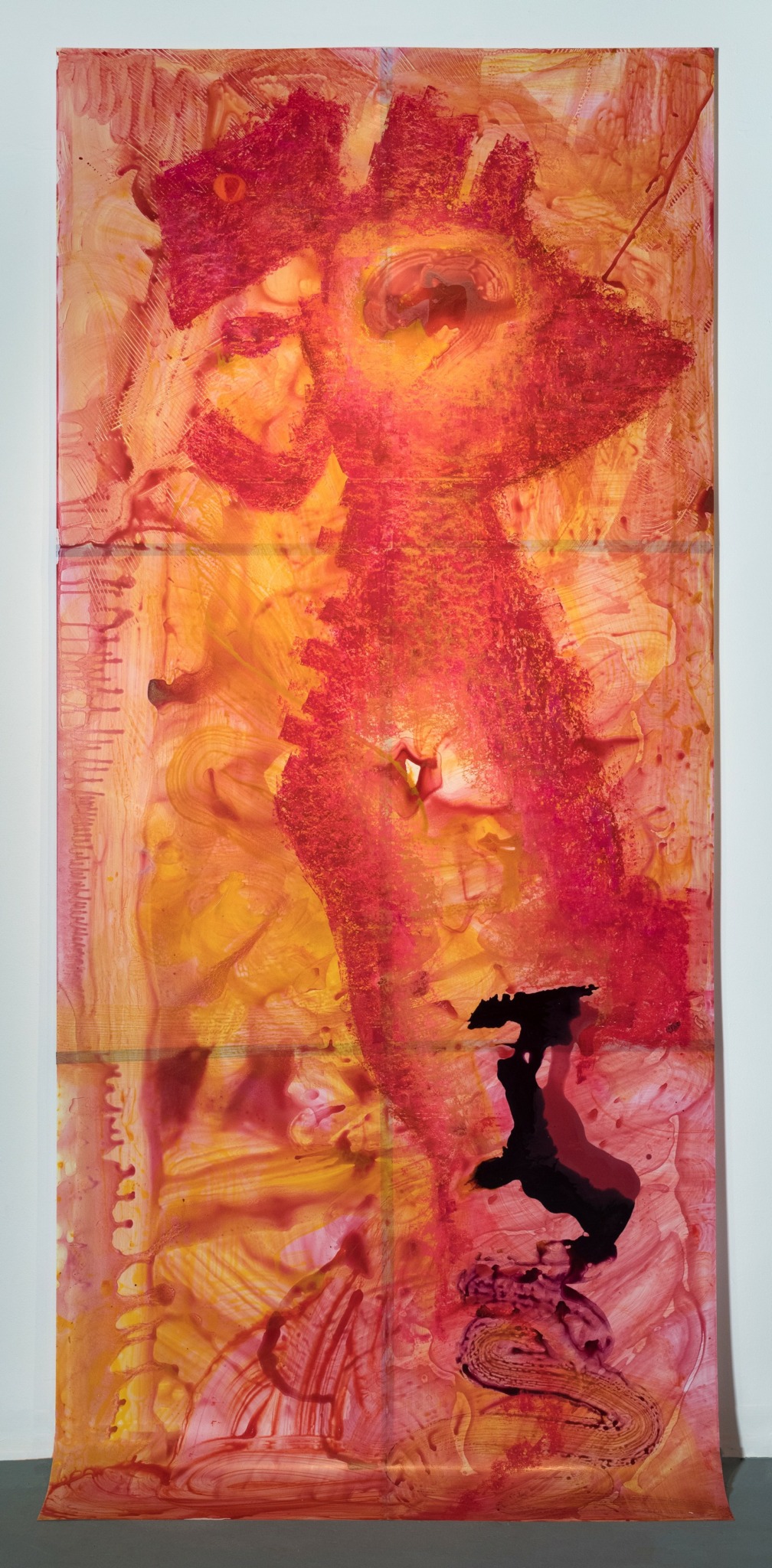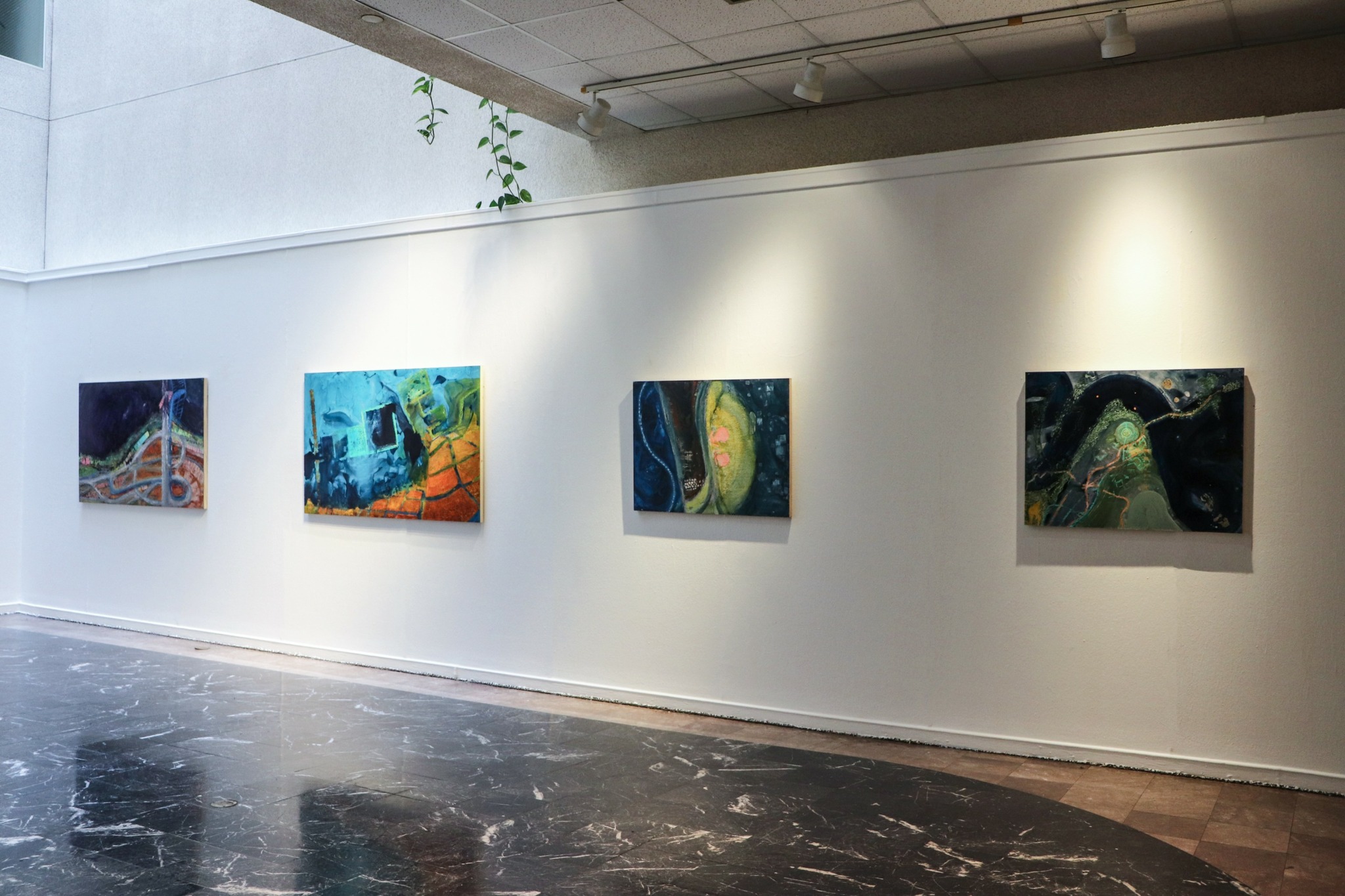Alright – so today we’ve got the honor of introducing you to YI-AN PAN. We think you’ll enjoy our conversation, we’ve shared it below.
Alright, YI-AN thanks for taking the time to share your stories and insights with us today. We’d love to hear about when you first realized that you wanted to pursue a creative path professionally.
As a teenager, I immigrated to the U.S. with my Taiwanese family, and at the time, pursuing an art career didn’t feel like a viable option. Though I had always been an “art kid” and loved drawing and creating, in our household, like many immigrant families, the focus was on practical and stable career paths. Art was something I enjoyed, but it wasn’t seen as something you could actually build a life around.
That changed when I began taking art classes at Brooklyn College. What started as a way to fulfill credits quickly became central to my experience. In those classes, I found a sense of calm and confidence that I couldn’t find elsewhere, especially as I was still learning English and often felt lost or hesitant in academic environments. Painting became a way to express myself freely, without the pressure of perfect grammar or vocabulary. It felt intuitive, honest, and empowering.
A significant turning point came through the support of the professors I met. Their encouragement helped me realize that being an artist wasn’t just a far-off dream, it was something I could genuinely pursue. Art became a way to navigate a new environment while staying connected to where I came from. It helped me process the unfamiliar, preserve memories of home, and ultimately led me to the realization that pursuing a creative path professionally wasn’t just possible, it was deeply meaningful.


As always, we appreciate you sharing your insights and we’ve got a few more questions for you, but before we get to all of that can you take a minute to introduce yourself and give our readers some of your back background and context?
Hi, I’m Ann Pan, a Taiwanese American artist currently living and working in the DMV area. My work explores how unfamiliar spaces gradually become sites of meaning and belonging. Having immigrated to the U.S. as a teenager, my artistic journey centers on the fluidity of identity, memory, and place, particularly as physical and digital environments intersect, overlap, and evolve.
In my paintings, I use the visual language of lines and abstract forms to map displacement and reconstruct imagined geographies. Lines, both literal and implied, act as boundaries, pathways, and fractures, guiding viewers through fragmented topographies of personal and collective memory. Through layered marks and shifting structures, I build what I think of as an “invisible city,” where nostalgia, ambiguity, and transformation coexist.
These abstract compositions become a visual language for themes such as displacement, nostalgia, and the ever-changing notion of home. I aim to express the tension between structure and fluidity, presence and absence, past and future. My hope is to invite viewers to reflect on their own evolving relationship to place and belonging.
In addition to my studio practice, I serve as the director at ViennART Academy, where I support students preparing for college-level art portfolio submissions and creative careers. I’m passionate about helping young artists develop both their creative voice and practical skills.
Outside of teaching, I remain committed to my own practice. I dedicate time to painting and regularly participate in open calls and opportunities both nationally and internationally. Staying connected to the broader art world allows me to keep growing, challenge myself, and remain actively engaged in contemporary conversations.
What sets my work apart is its blending of personal narrative with universal themes. I strive to create spaces where migration, memory, and belonging converge. This vision guides not only my creative work but also the way I mentor the next generation of artists. I believe art has the power to connect across distance and language, and I hope my work, along with the work I support in others, helps create space for those connections.


For you, what’s the most rewarding aspect of being a creative?
For me, the most rewarding part of being an artist is having a way to process and express emotions and experiences that are hard to put into words. As an immigrant, I’ve gone through a lot of cultural and emotional shifts, and art has become a space where I can reflect, find clarity, and feel grounded. It helps me make sense of who I am and where I come from, especially in moments when language feels limiting.
Another deeply fulfilling aspect is the way this path has connected me to people and places around the world. Through my work, I’ve had the chance to travel for exhibitions and events, which continues to expand my perspective and inspire me. These experiences also feed back into my work as an educator, allowing me to support students not just technically, but with a broader understanding of what an artistic life can look like.


What can society do to ensure an environment that’s helpful to artists and creatives?
I believe society can better support artists by strengthening two key areas: education and access to technology.
First, art education should be accessible and valued from an early age. Every young person, regardless of background, deserves the opportunity to engage with the arts and explore their creativity. Schools and communities should invest in robust, well-supported art programs that nurture artistic expression, imagination, and critical thinking.
Second, the emergence of new technologies like AI presents both challenges and opportunities for creatives. Artists need access to resources and training that help them navigate and thoughtfully integrate these tools into their practices. At the same time, protecting artistic labor and intellectual property is essential in our rapidly evolving digital landscape.
When education and technology are made more equitable and inclusive, artists are empowered to grow, experiment, and contribute to a more vibrant, resilient creative ecosystem.
Contact Info:
- Website: https://yianpan.com
- Instagram: anpan1103




